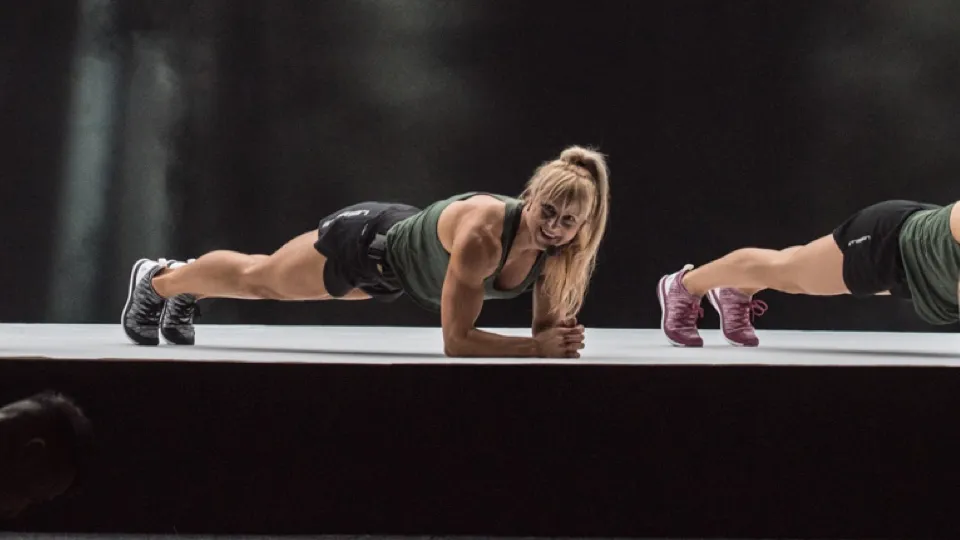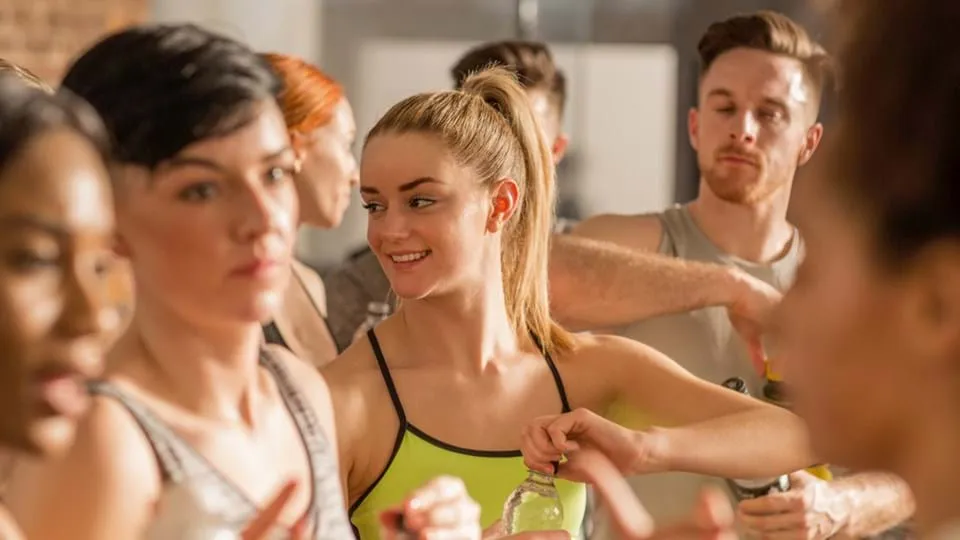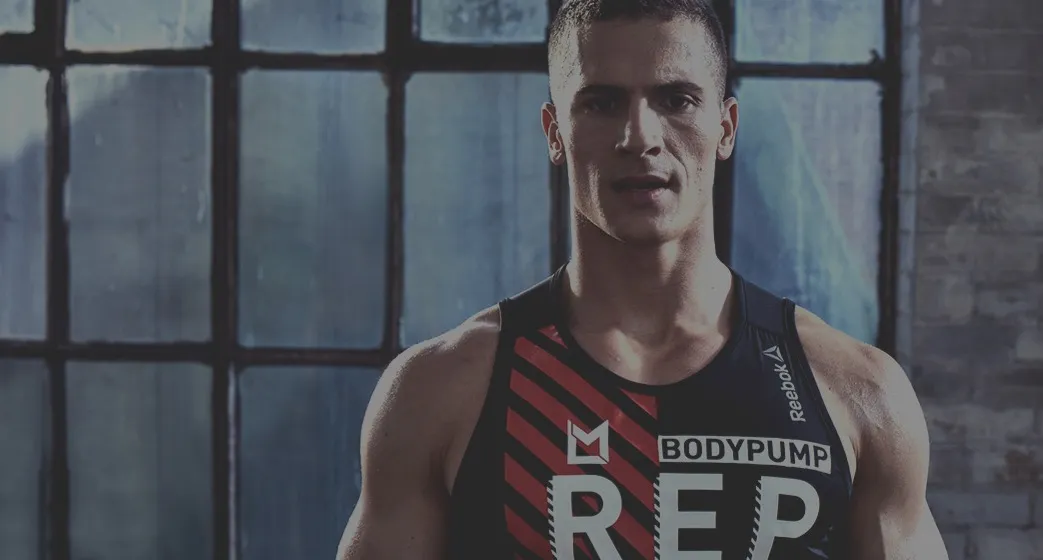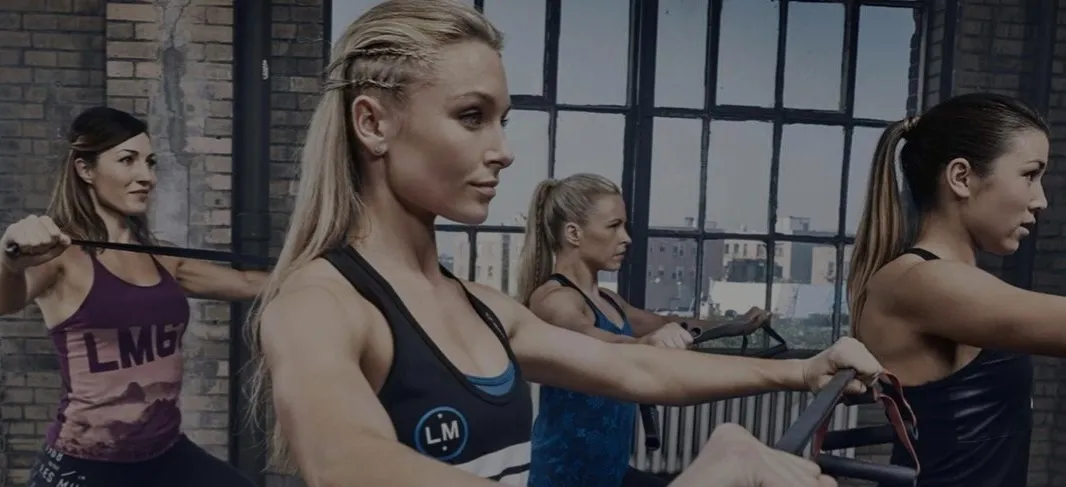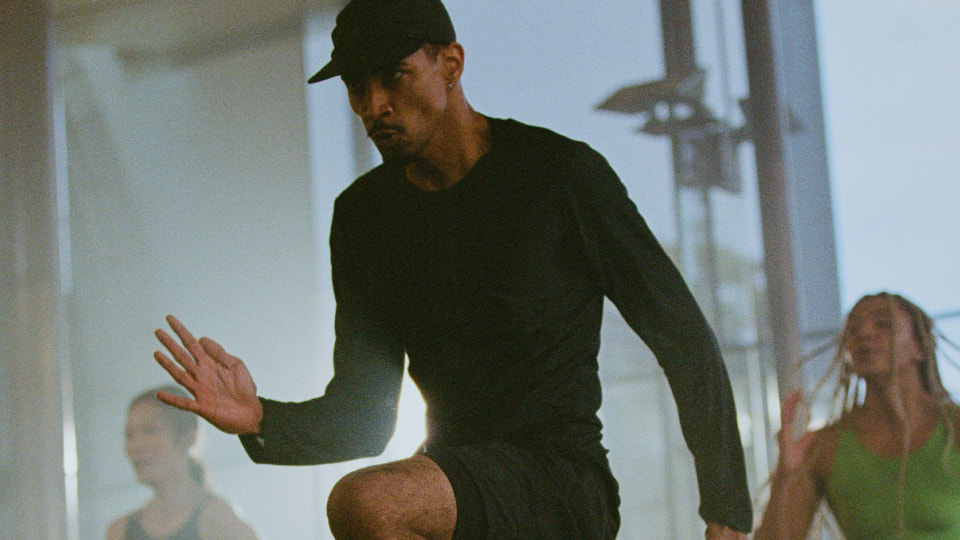
Your gym efforts could be going to waste – and even putting you at risk – if you’re not eating enough. We spoke to nutrition scientist Penny Matkin-Hussey to learn what happens when you don’t eat enough, and how to spot if you’re at risk.
What does the term ‘Relative Energy Deficiency in Sport’ mean?
Penny Matkin-Hussey (PMH): REDs – or Relative Energy Deficiency in Sport – is a complex syndrome of a number of adaptations your body makes to conserve energy for its essential survival, and it’s the result of something called low-energy availability. Low-energy availability occurs when we’re not eating enough to support the exercise we’re doing.

What causes low-energy availability?
PMH: You can be in low energy availability for two reasons. One is what we call inadvertent where you don't realize how much you're burning, versus how much fuel you need. We see this quite a lot in elite athletes, especially where training volume increases through phases of their season, and their appetite doesn’t match it, because exercise is an appetite suppressant. It can also be caused by a lack of nutritional knowledge about what you should be eating, or trying to eat a very, very clean diet. The thing is that when you’ve got high energy expenditure and you’re trying to eat a very clean diet, it’s very difficult to be able to eat the amount of energy to replace what you're burning, due to the volume of ‘clean’ food required.
The other way you can be in low energy availability is through intentional energy restriction and sadly that's a large cause of the condition. It can be through eating disorders, but also things like disordered eating behaviors, trying to eat very clean, orthorexia, or actively trying to lose weight. We've seen a massive increase in this through the prevalence of social media and the rise of the fad diet, intermittent fasting, low carb, all these kinds of trends. People end up in low energy availability because they're thinking if they train more and eat less they’ll get the body they want, or look like that person on Instagram.
But, actually, it's counterintuitive. Your body does everything it can to stop losing weight and the health implications can last a lifetime.
Restricting what you eat, for whatever reason, when you're training hard doesn't mean you’ll lose weight. It does mean you are likely to do untold damage to your current and long-term health.
What happens when your body reaches a state of low-energy availability?
PMH: When we’re not eating enough, our body will always prioritize the immediate need – which is the exercise. It’s a survival thing – fight or flight. But to remain able to function, to keep the energy up for the exercise, it will down-regulate numerous other physiological functions so it can conserve energy for its survival. A lot of people will say: “Well, I’m not losing weight, so how can I be in low energy availability?” And the answer is that your body is very clever and will do everything it possibly can to maintain homeostasis. Our bodies haven’t yet caught up with our modern times of always having an abundance of food available, they still function with the premise that there may be a restriction in energy intake due to lack of availability. The body doesn’t want you to drop weight further, this a threat to its survival. It will down-regulate other functions it sees as ‘non-essential’, which all utilize its energy resources to conserve what is available for survival. Exercise is a type of survival – the body doesn’t know the difference between you doing a home workout, lifting weights in the gym, or running from a tiger on the savannah.
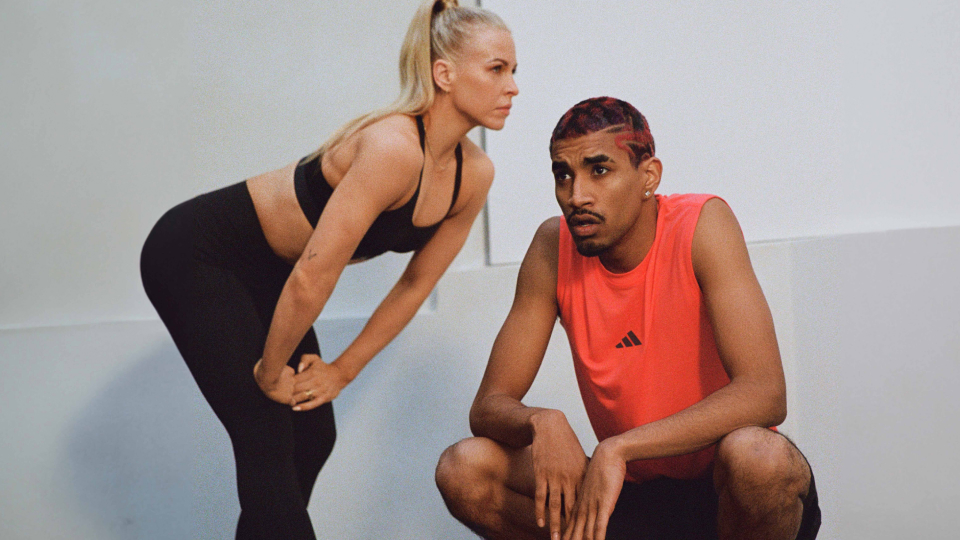
What are the symptoms of low-energy availability?
PMH: In females, one of the key ones is the downregulation of your menstrual cycle. It may become irregular or stop completely – which can be hard to spot if you’re on the contraceptive pill. The reason for this is that your body has downregulated the production of sex hormones as a way of conserving energy. If food is scarce, or you are under threat, it isn’t a safe time to have a baby. But obviously our sex hormones are involved in a lot more than just producing offspring. Estrogen (a key female and male sex hormone) impacts our bone turnover and bone deposition and when it is in short supply our bones can weaken, leading to stress fractures. The other thing we see is complaints around gastrointestinal issues – stomach bloating, diarrhea, constipation, feeling really full, really early, which can also happen with exercise. When we do a lot of exercise, our appetite can become suppressed. This sounds counterintuitive, but it’s due to how exercise can change the levels of hormones which drive our hunger, so we don't get the same signals to eat. People may also complain about intolerances – thinking, for example, they’re dairy or gluten intolerant, when it's actually that they're not eating enough and it’s impacting their physiological processes.
Not fueling your workouts can also affect your cardiovascular health. Low energy availability can increase your cholesterol, predispose you to coronary artery disease and cause cardiac arrhythmias. Mood is another key symptom of low energy availability; it can present as irritability, anxiety and/or depression. And, of course, it affects our performance in the gym. We can't give our best or get the most (or much) from our workouts if we are chronically under fueled, not recovered or injured.
Restricting what you eat, for whatever reason, when you're training hard doesn't mean you’ll lose weight. It does mean you are likely to do untold damage to your current and long-term health.
When you are in low energy availability, you have decreased muscle protein synthesis, which will impact your ability to gain muscle and strength.
What are the health issues associated with low-energy availability?
PMH: When we lose our bone mineral density, it's very difficult for us to get it back, especially if we’ve been in low energy availability during our adolescence and early adulthood, which is when we put down most of our bone mineral density. The evidence is showing that we may never actually be able to recover it. Fertility in females is especially difficult if you’ve not had your menstrual cycle for a long time. It can take an incredibly long time to get it back and can cause long-term issues. Down-regulation of your sex hormones can impact your fertility. You may not be thinking about a family now, but decisions you make today will play out further down the line.
How does low-energy availability affect men?
PMH: It’s less evident in men and they do seem able to cope with being in low energy availability better than females, but it does affect them. Stress fractures are a real risk, and they may experience the same symptoms as females in terms of gastrointestinal issues and cardiovascular health. When you are in low energy availability, you have decreased muscle protein synthesis, which will impact your ability to gain muscle and strength. Obviously, the menstrual cycle isn’t a factor, but we do get a downregulation in testosterone, which will have an impact on libido. If I’m seeing a client who I suspect to have low energy availability, one of the questions I have to ask them is “How is your morning wood?”!
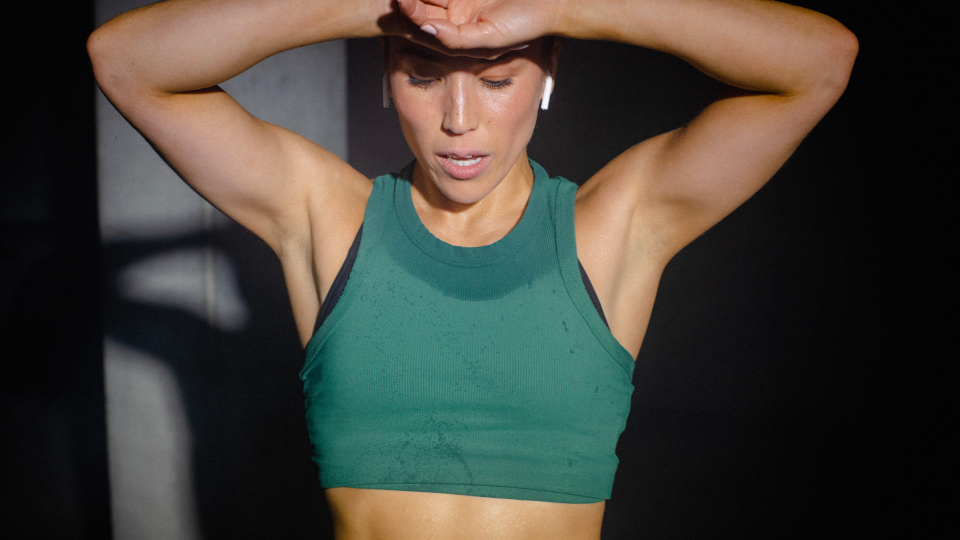
How common is low-energy availability?
PMH: It's hard to determine accurately, but in a recent review of thirteen studies investigating the prevalence of low energy availability in various sports, up to 58% of athletes were reported to be in low energy availability. In 2016, a survey was conducted on women aged 18-40 who participated in group fitness in New Zealand, and 45% of those surveyed were at risk of low energy availability – which is huge.
There’s starting to be more awareness of REDs in elite athletes – noticed by their coaches and so on – but the general recreational exerciser doesn’t have the same support. And they’re getting this drip feed from social media of “I need to look this way and I should be eating this way. I should be cutting out carbohydrates.”
Carbohydrate intake is also a big factor when it comes to low energy availability and the impacts on sex hormones as well. A lot of work that we do is about trying to not only get people to eat more, but also to stop thinking of carbohydrates as the devil’s food.

Is intermittent fasting a good idea?
PMH: If you go into a workout in a fasted state, you are training in low energy availability. Your body will read that signal as that things aren't safe, and that you haven't got enough energy for the work that's required, and all the other physiological and metabolic processes required. A lot of the work that I do with people is around trying to increase their performance in their workouts. Training in a fasted state is not going to bring about your best performance, or maximize the gains from your workout. We do know that being in low energy availability can negatively impact muscle adaptations i.e. muscle protein synthesis. Recent research found being in a state of low energy availability reduces muscle protein synthesis in trained females, who were on all on a high protein diet (2.2g.kg lean mass-1.day-1).
Intermittent fasting has become a bit of a trend, and I get that it does work for some people, in some circumstances. But if you’re active and you’re going into a training session without fueling beforehand, you’re putting yourself at risk of low energy availability. You're also not going to get the physical gains from a hard training session, because you're not fueling it.
Your brain needs glucose to function, so your body will always partition glucose for the brain first. But we also need glucose for energy. We need fast access to fuel, and that’s what glucose provides. If we don’t have that, or enough of it, our bodies will access fuel from other sources, and that will be some from body fat, but it will also be amino acids (protein i.e. your muscles!). So you move into what we call a catabolic state. And that pathway to generating energy – ATP – is much slower. That’s why people in this state will often say, “I don’t feel like I have the energy to go to the gym”, “I don’t feel like I can go hard”. And that’s because you don’t have the access to the instant fuel – glucose – either circulating in your blood, or stored in your muscles and liver as glycogen.
There’s only so much protein your body can absorb in one go. You can only really digest about 30 to 40 grams of protein in one sitting, so it’s important to spread your protein intake across the day.
What’s the best fuel for early morning workouts?
PMH: If you train first thing in the morning, it can be hard because we obviously don’t want to get up an hour earlier to eat an ideal full breakfast. I ask people to just have a banana or a piece of fruit or a few rice cakes with some jam or honey on them. Dried fruit is another good option. Something that’s easy and quick to digest, and convenient. Or you could even have a sports drink or a glass of orange juice – something with high sugar that will be fast to digest. What you want is to be getting at least 45 grams of carbohydrate into you to fuel the morning workout. I would avoid too much protein and fat close to a high intensity workout because it does tend to sit in your stomach, which can be uncomfortable. If you’re doing something like CrossFit, where there’s the strength element first, you might be able to eat it closer to the workout, but you want to have at least 30 minutes between eating and doing hard training.
What’s the optimal protein intake?
PMH: There’s only so much protein your body can absorb in one go. You can only really digest about 30 to 40 grams of protein in one sitting, so it’s important to spread your protein intake across the day. If you eat an excess of protein, it can displace carbohydrates due to the high-satiating nature of protein. But we need that carbohydrate. Yes, we need protein for muscle protein synthesis, but we need carbohydrate, and a lot of it, to be able to give us the energy to work out in the gym, to provide the stimulus to repair and ultimately increase muscle strength and size.
We use the carbohydrate to fuel the session to lift hard. You tear those muscle fibers to create the training adaptation that we want. And then the protein comes in to do the repair work to create the strength afterwards. But if we have too much protein in our diet and not enough carbohydrate, your body will start to use the protein as fuel. But like I said, it's a very slow and inefficient process to be able to use protein as a fuel source.
If we eat more than we need of any macronutrient we store it as body fat. Protein is no different. It’s a complex, slow and inefficient pathway but it will be stored as energy. There is a bit of a fallacy around, “Oh, well, I'll just eat more protein, and if I don't use it, I'll just pee it out". This is not the case.
If you’re training, you probably want somewhere between 1.6 to 2 grams of protein per kilo of body weight. You don't need to go any higher than that unless you have specific requirements for excessive hypertrophy, and even then, the research is mixed.
How important are carbohydrates in our diet?
PMH: Nine times out of ten, I'm getting athletes to eat less protein, more carbohydrates. When it comes to carbs, okay you don’t want to be eating tons of sweets, cakes and cookies, but there is a place for energy dense foods in the athlete’s diet. If you’re asking someone to eat 3,500-4,500 calories a day, that’s a lot of broccoli, rice, and sweet potato. An athlete’s diet will not be inherently healthy because it’s too much volume to try to get the energy from just whole foods. Things like sports drinks and chocolate milk are really good and convenient if you’re moving around between classes. They're a good source of protein and carbohydrates, while being quick and easy to consume and digest.
What’s the most surprising thing people will learn from a nutritionist?
PMH: That carbohydrates are your friend. Haha! I guess the thing I find the most is people coming to me saying they can’t believe how good they feel. They can’t believe how much more energy they've got. They can’t believe how much heavier they can lift. Their hair and their skin are so much better. They sleep better. I love that kind of stuff, because these are the things that get affected when your body is trying to preserve energy. It’s very rewarding.
Penny Matkin-Hussey has an undergraduate degree in Sport and Exercise Science and is currently in her second year of her PhD at the University of Otago. Her research interests are female athlete health, particularly recovery from Relative Energy in Sport (REDs). Her current work is investigating the potential use of continuous glucose monitors as a novel tool for the identification and monitoring of REDs, which is being undertaken in collaboration with Axis Sports Medicine, New Zealand, and Bond University, Australia. She has a specialist interest in female athlete health and how to navigate and maximize performance, and health, throughout the female life cycle.
Sign up to Fit Planet and get fresh health and fitness news and advice straight to your inbox. Subscribe
This article originally appeared at: www.lesmills.com/instructors/instructor-news/should-you-be-eating-more/
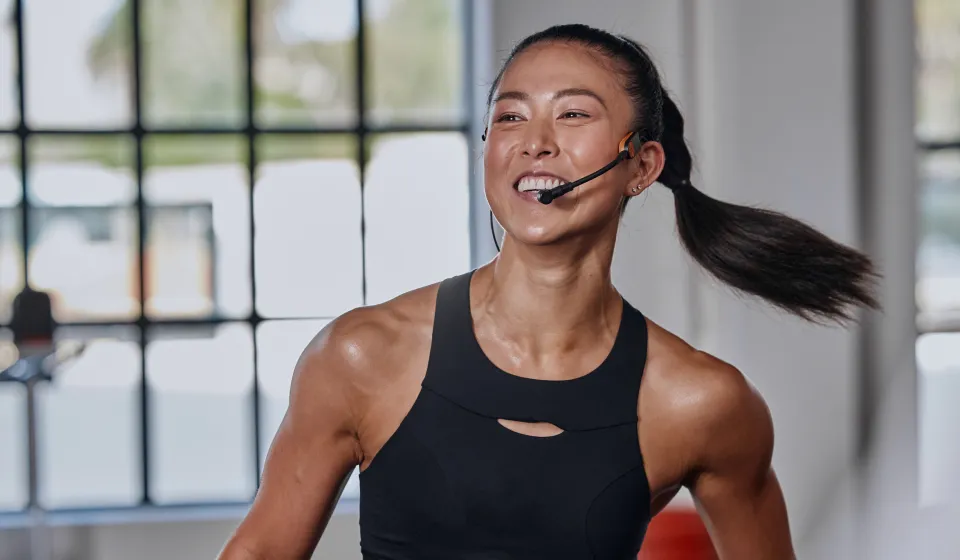
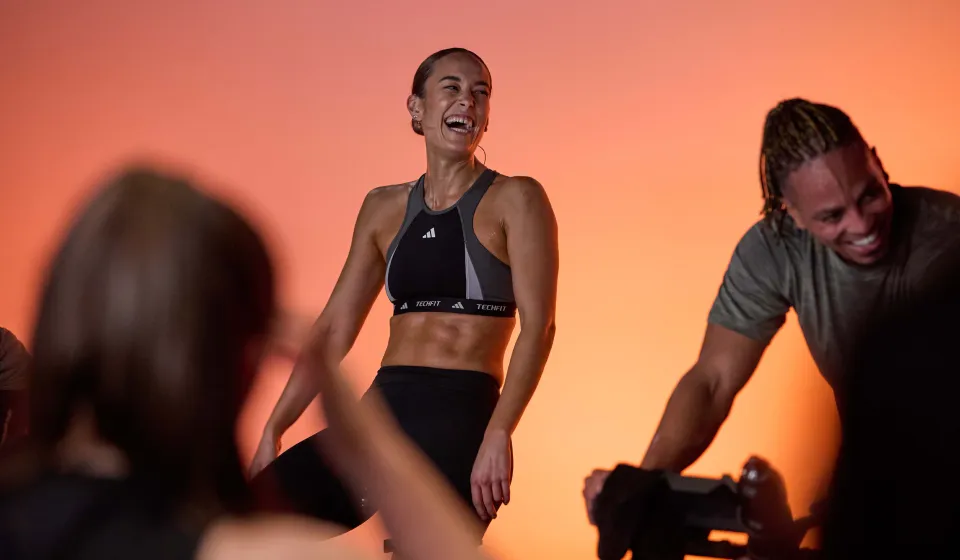


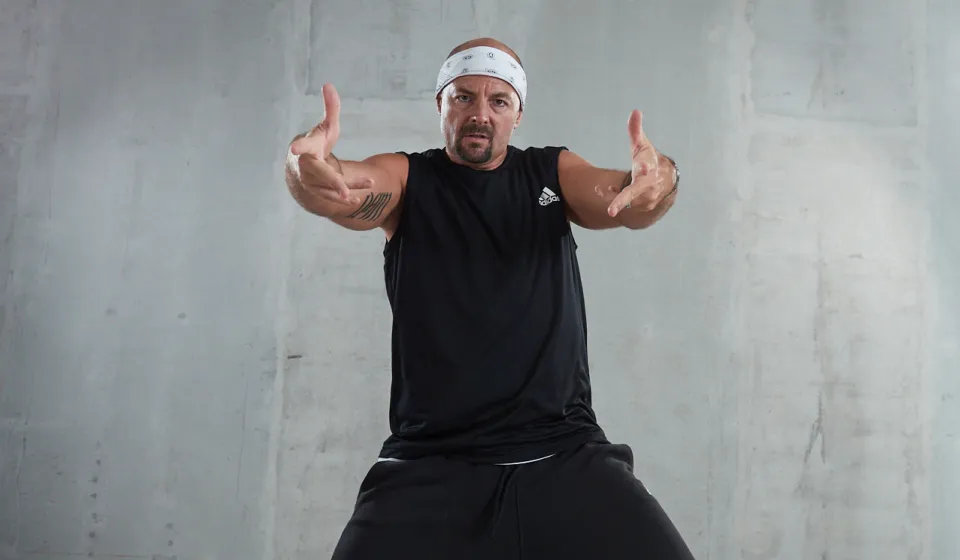

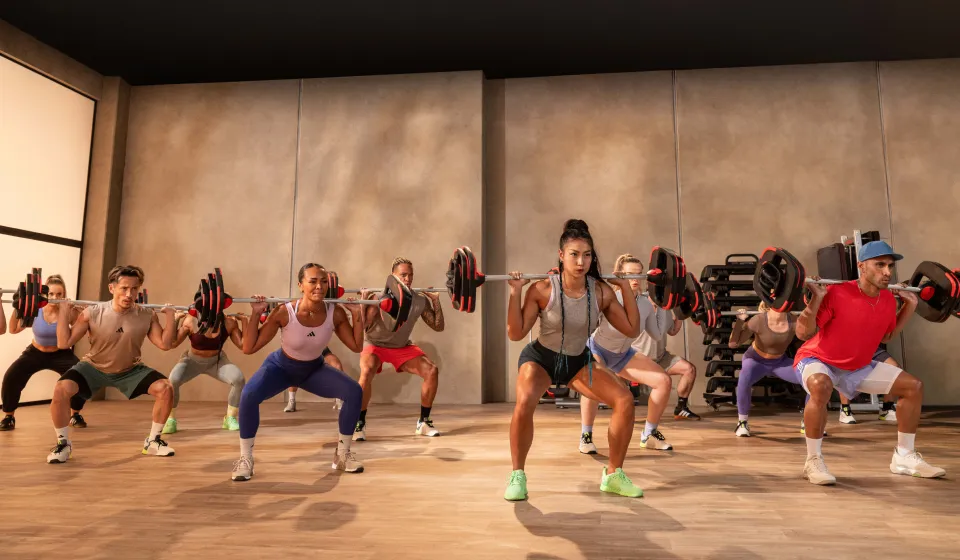

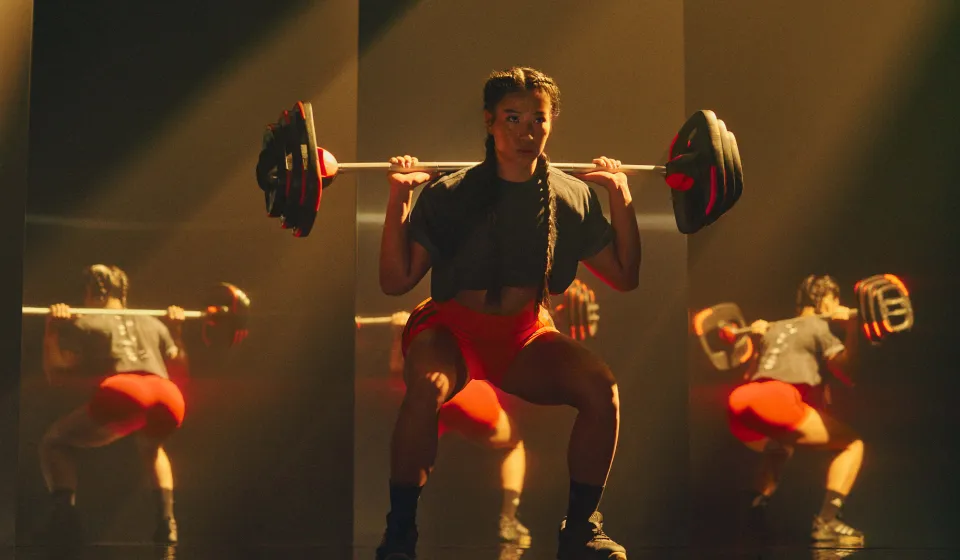

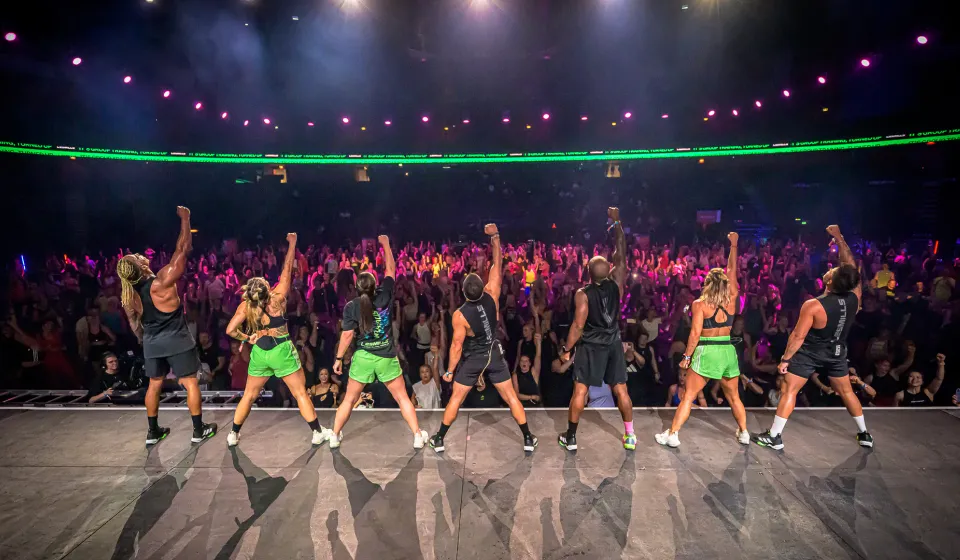
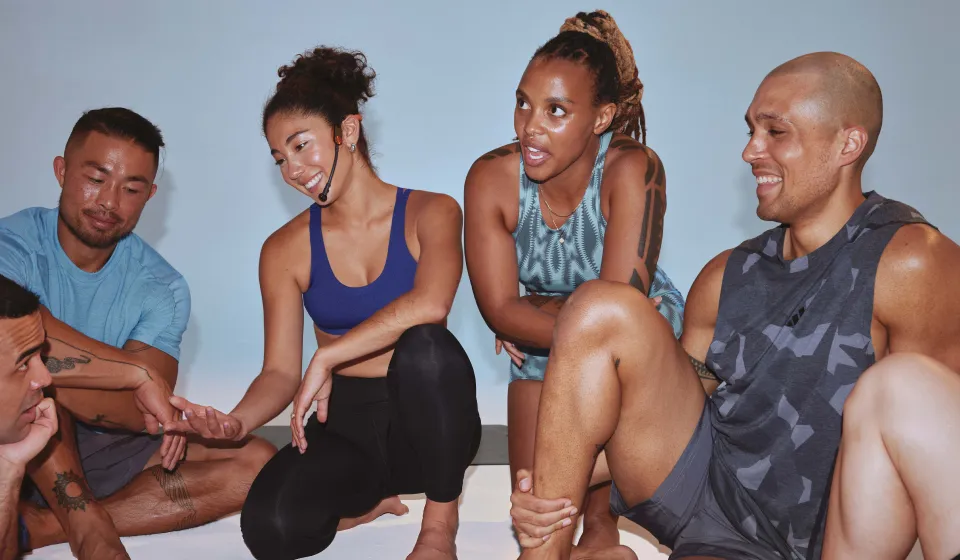

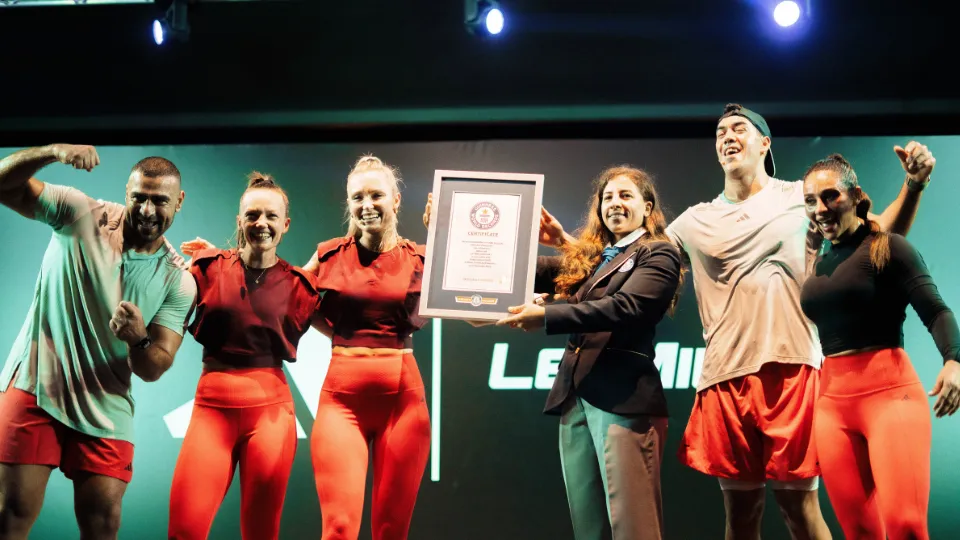
.webp)
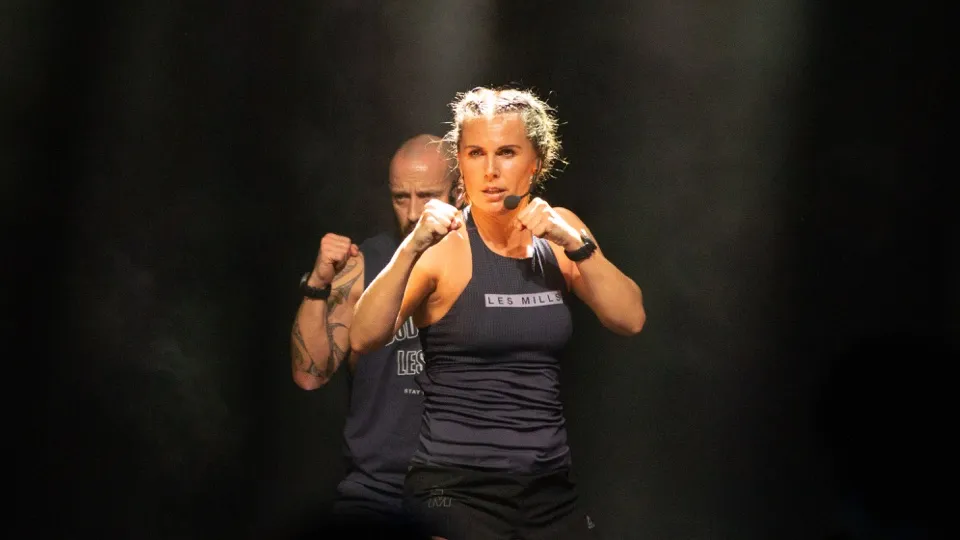
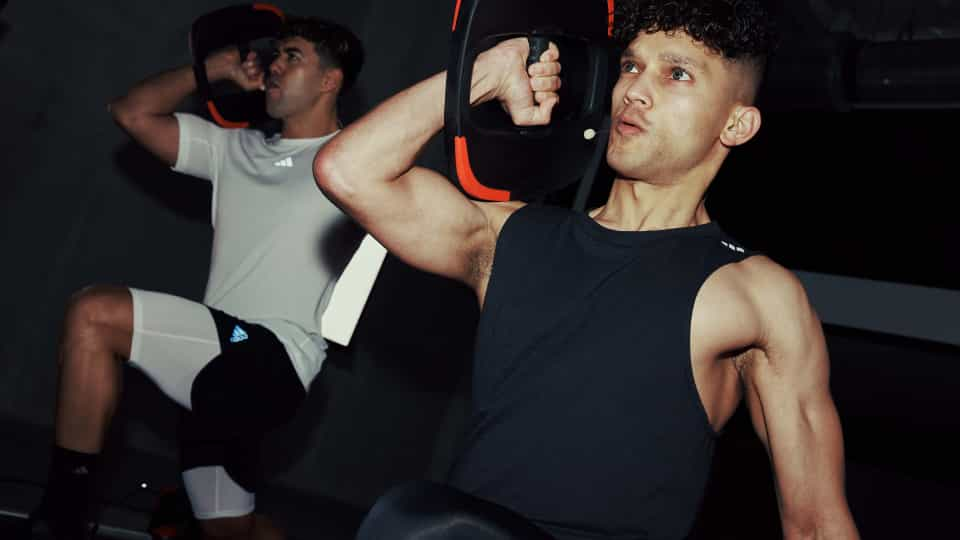
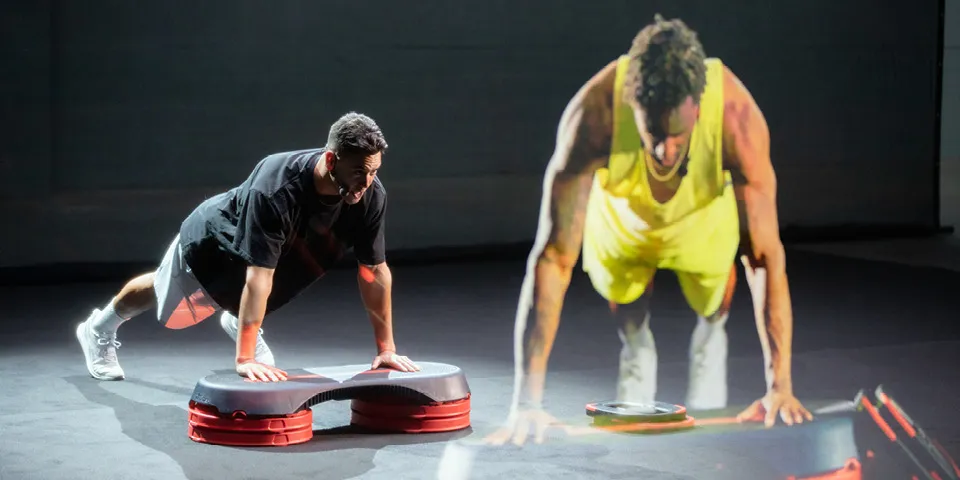






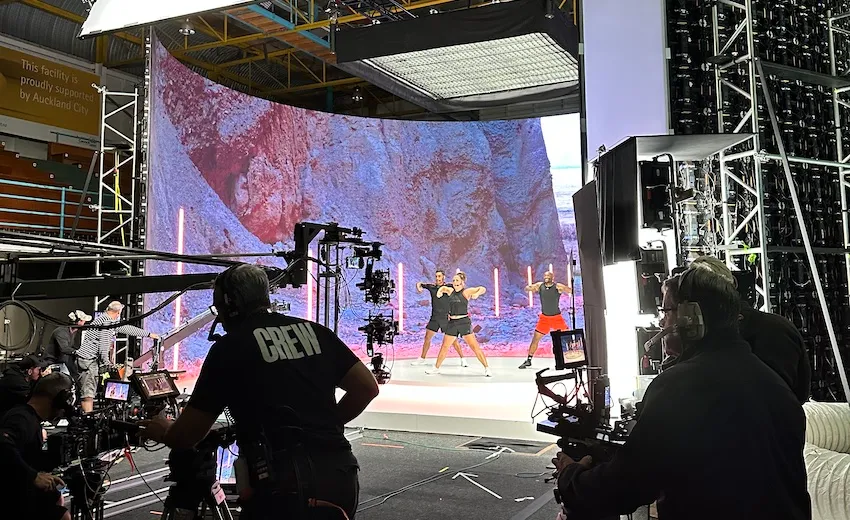

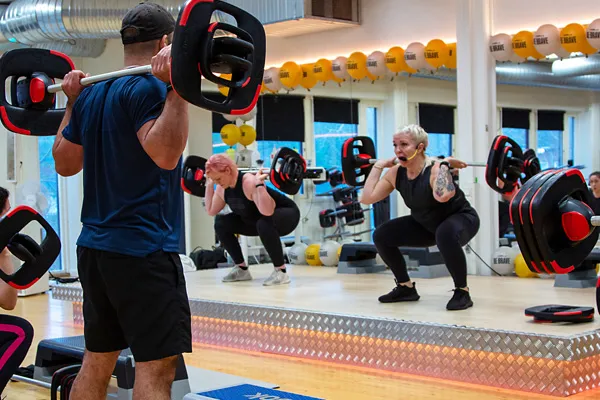

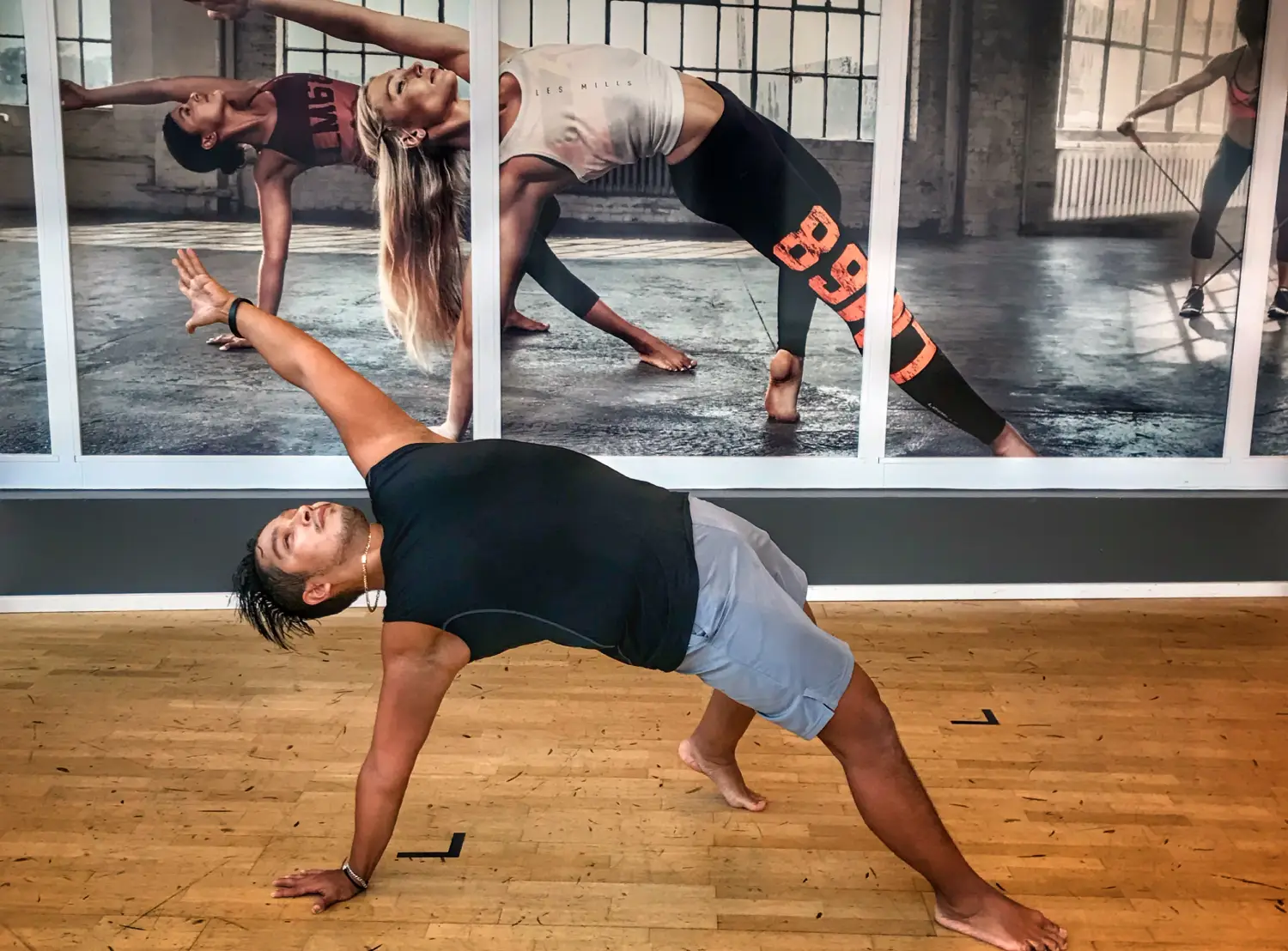






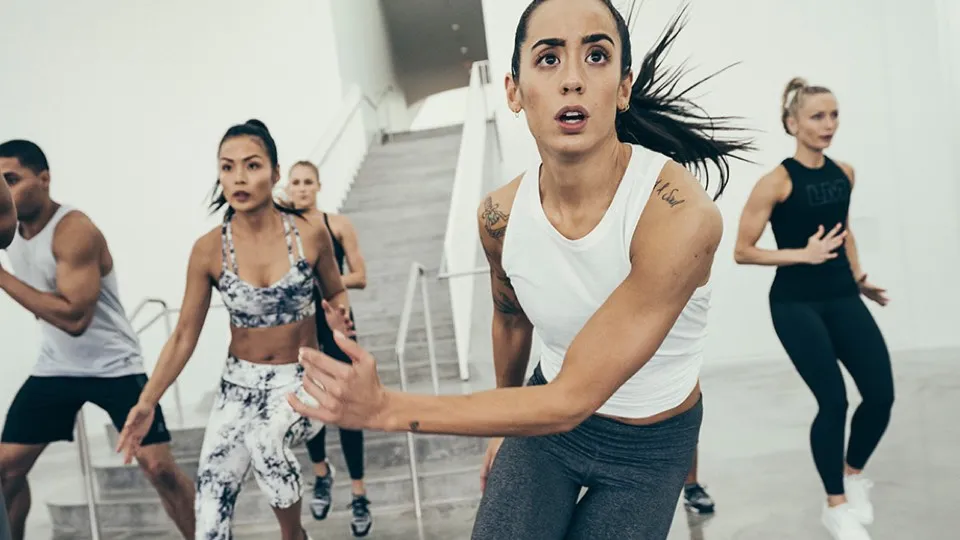


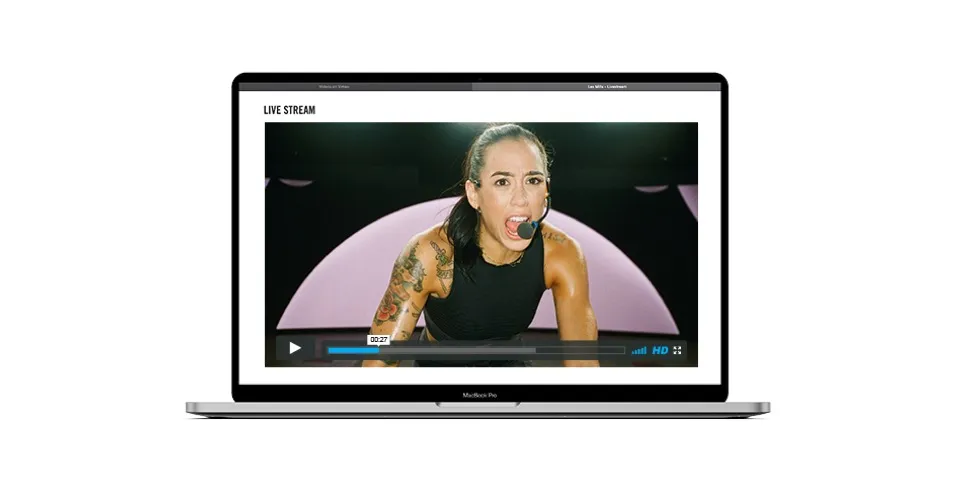

.webp)

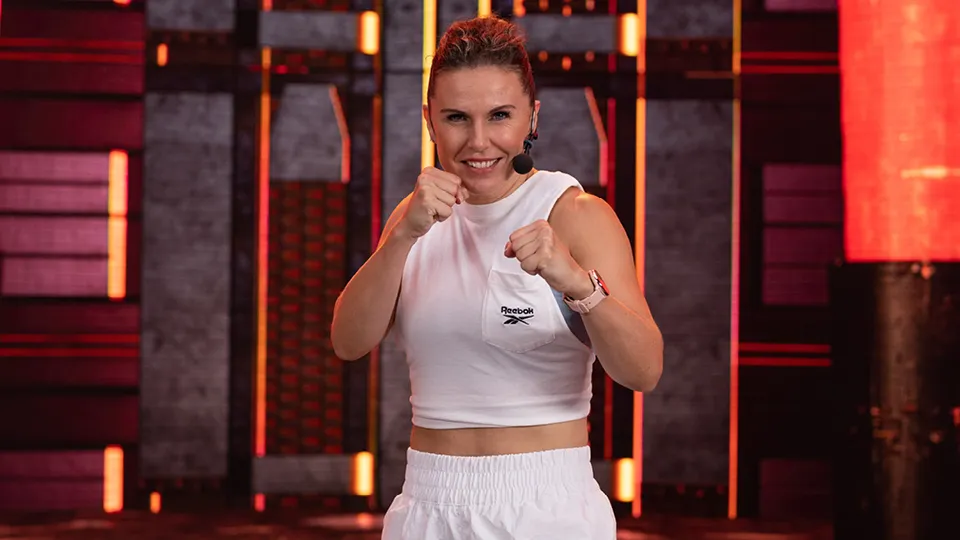
.webp)
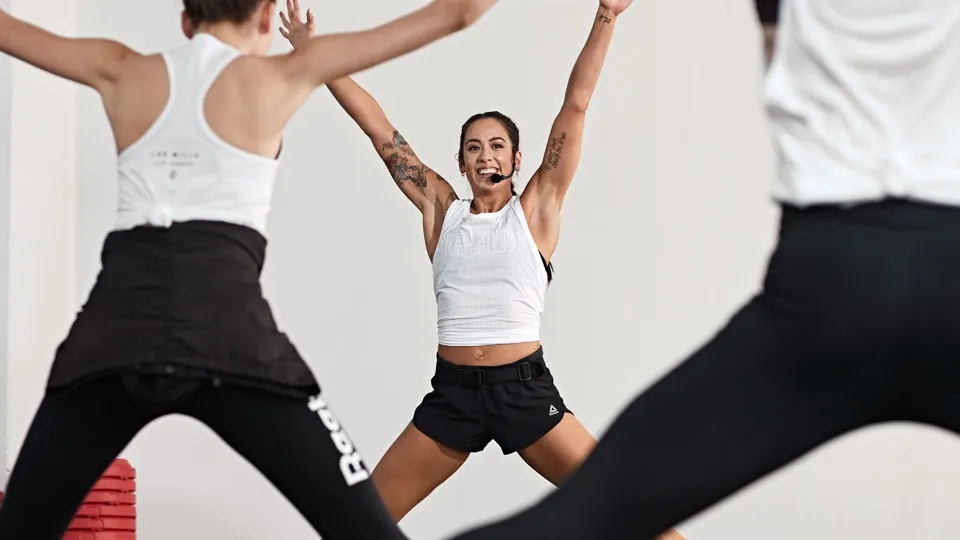
.webp)

.webp)

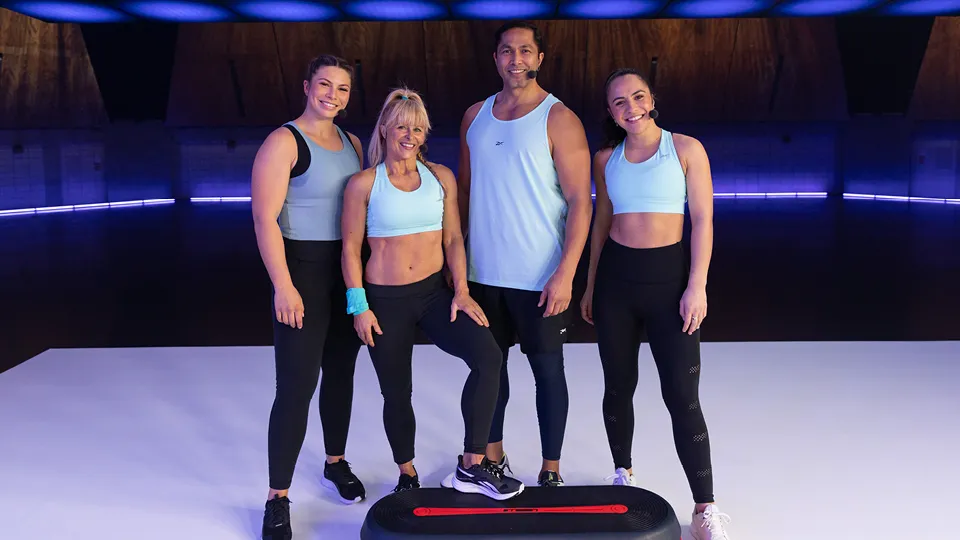
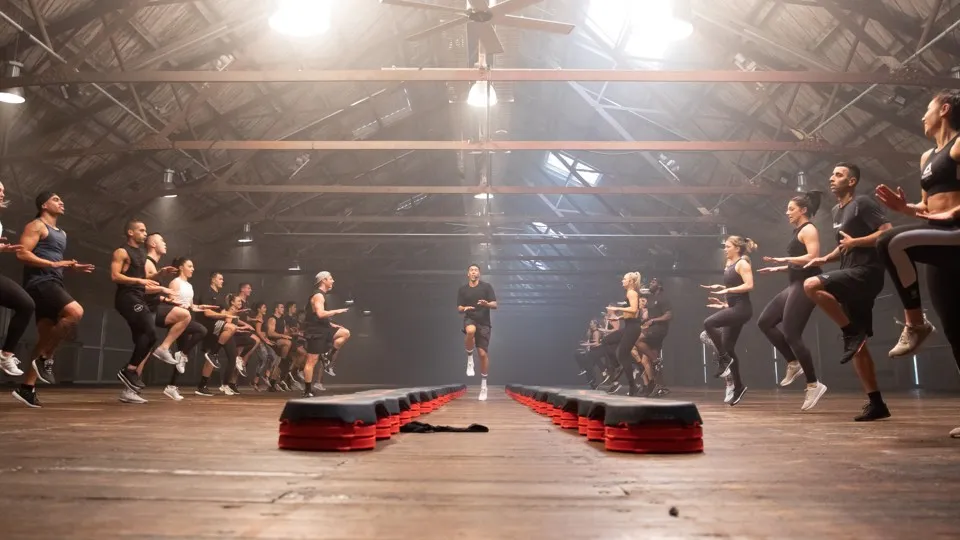

.webp)


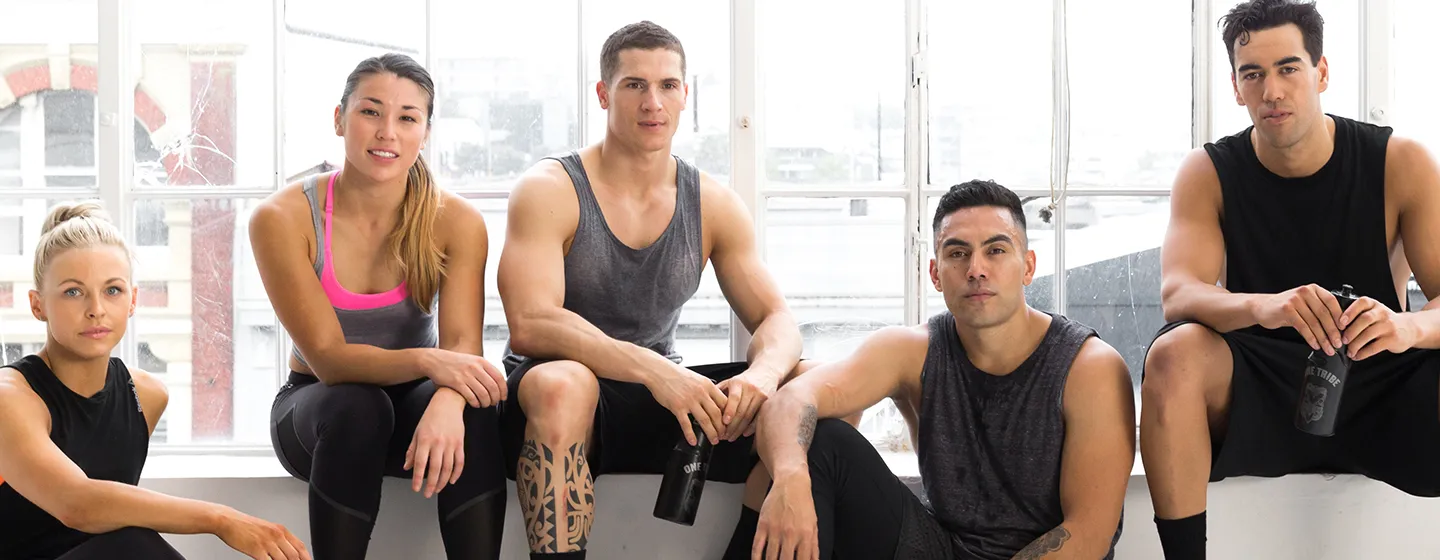



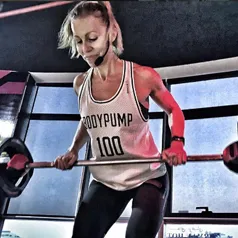
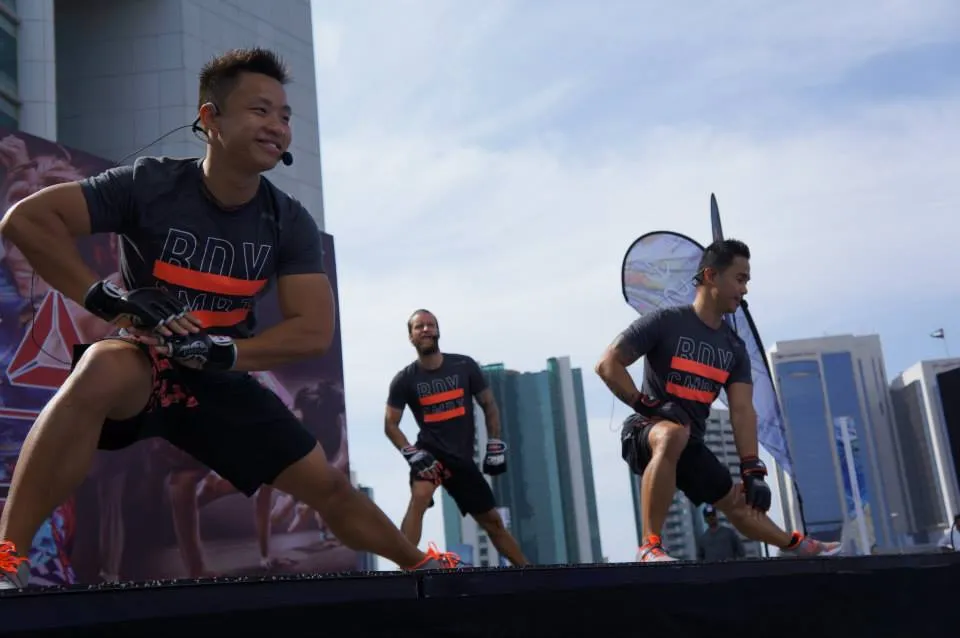
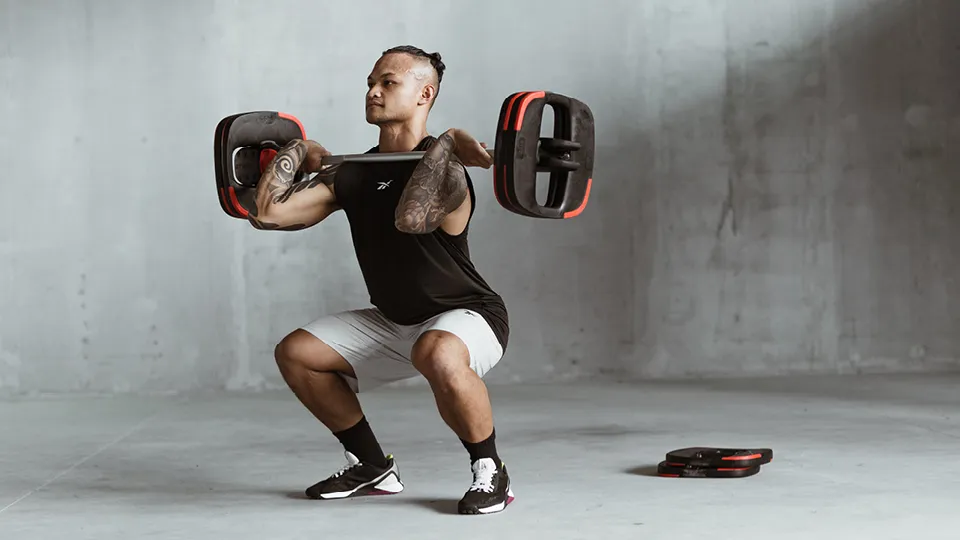


.webp)

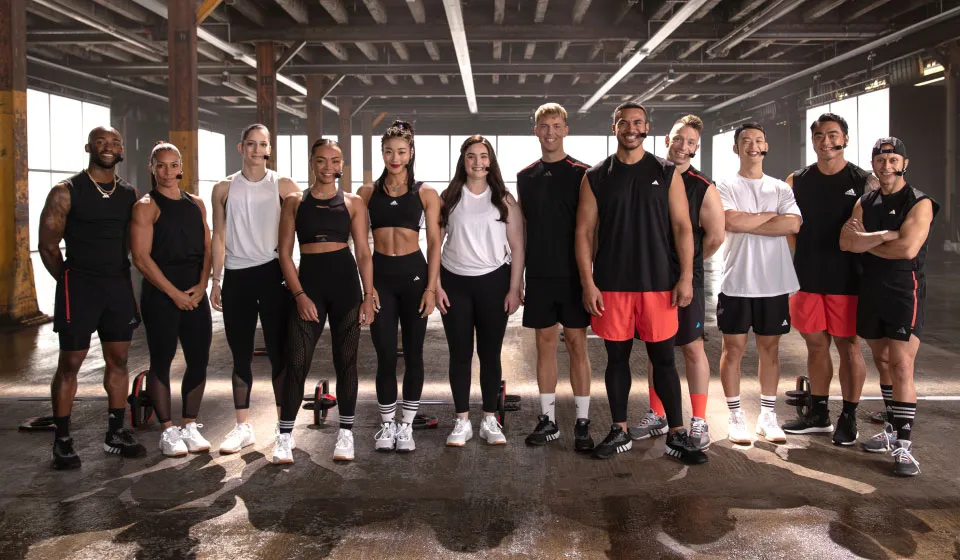
.webp)
.webp)
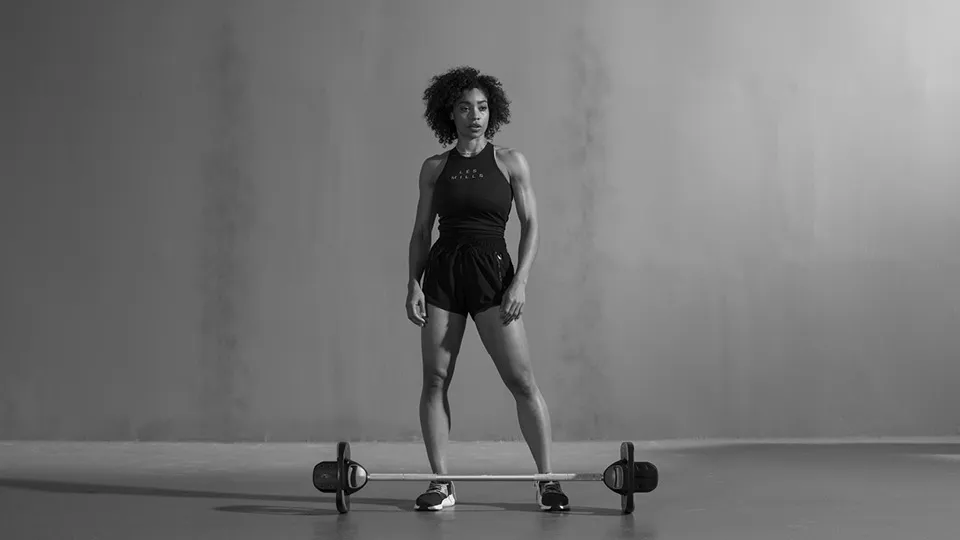
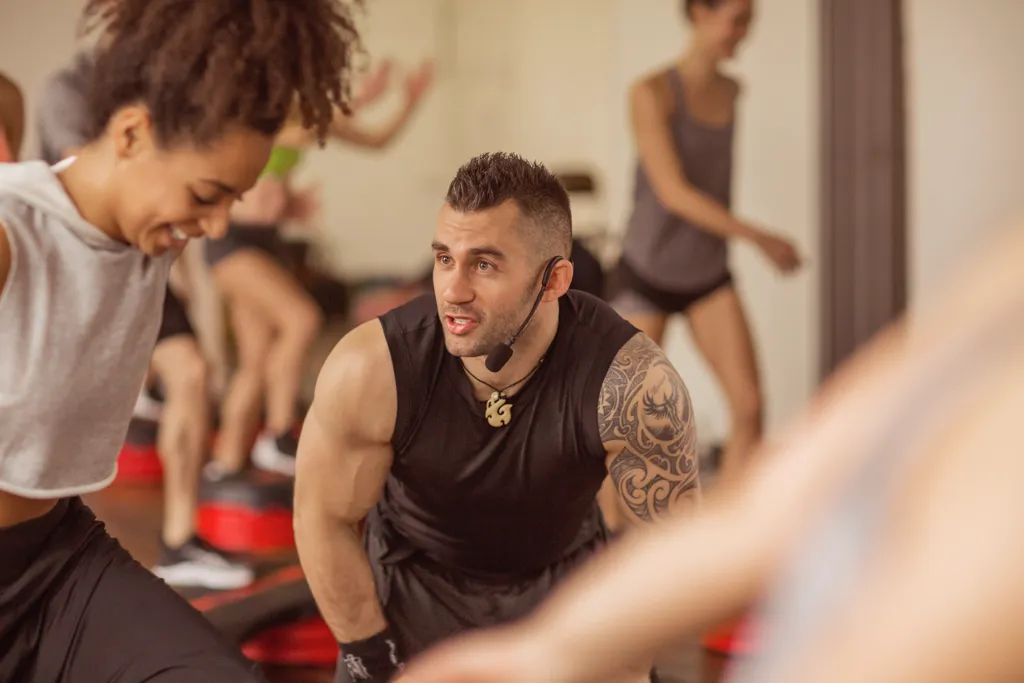


.webp)
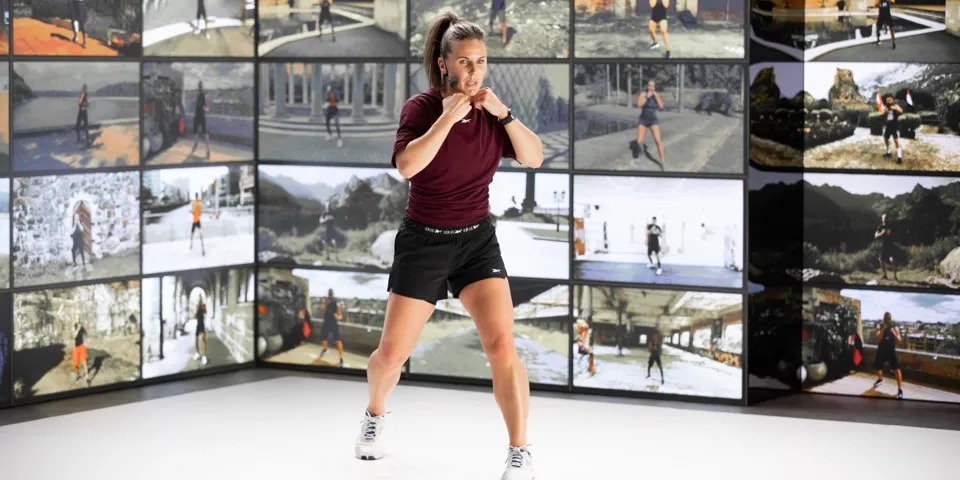
.webp)
.webp)
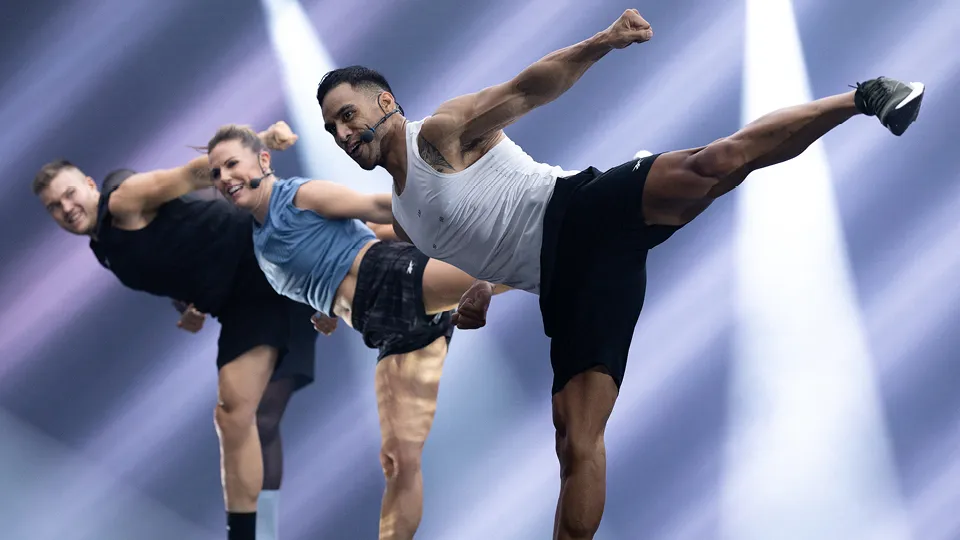



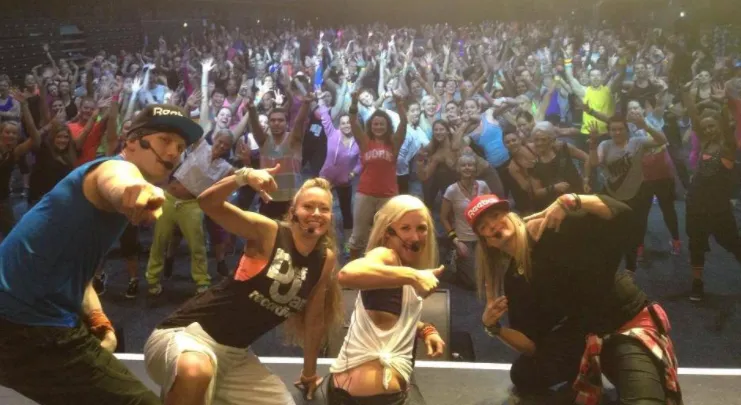
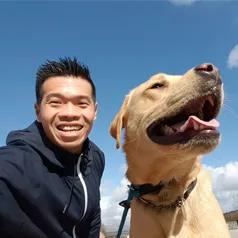
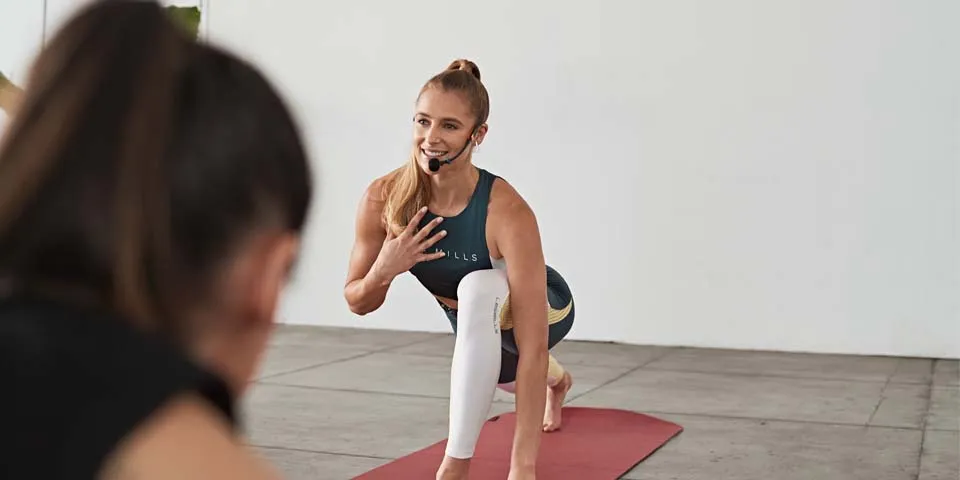

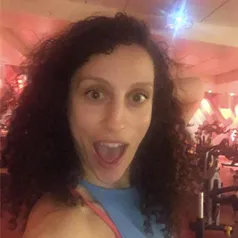
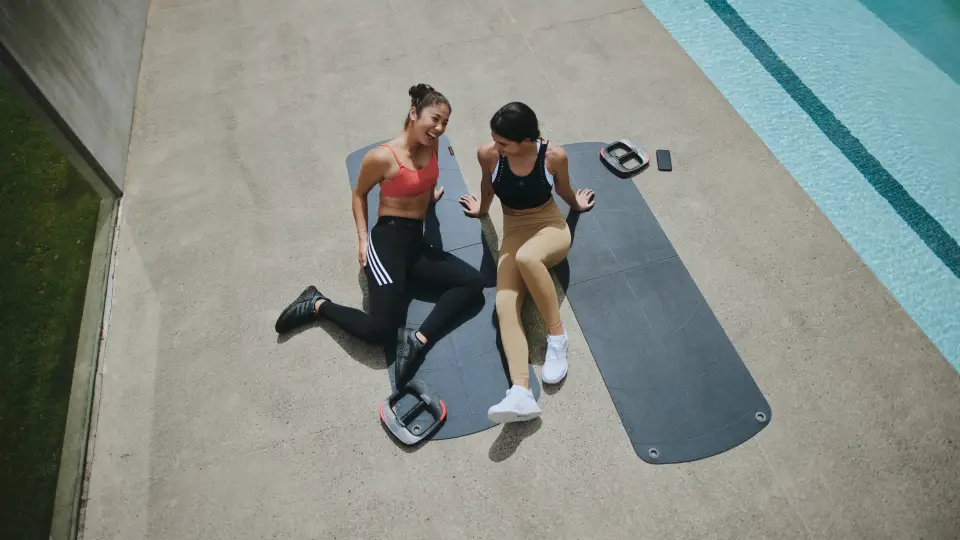



.webp)
